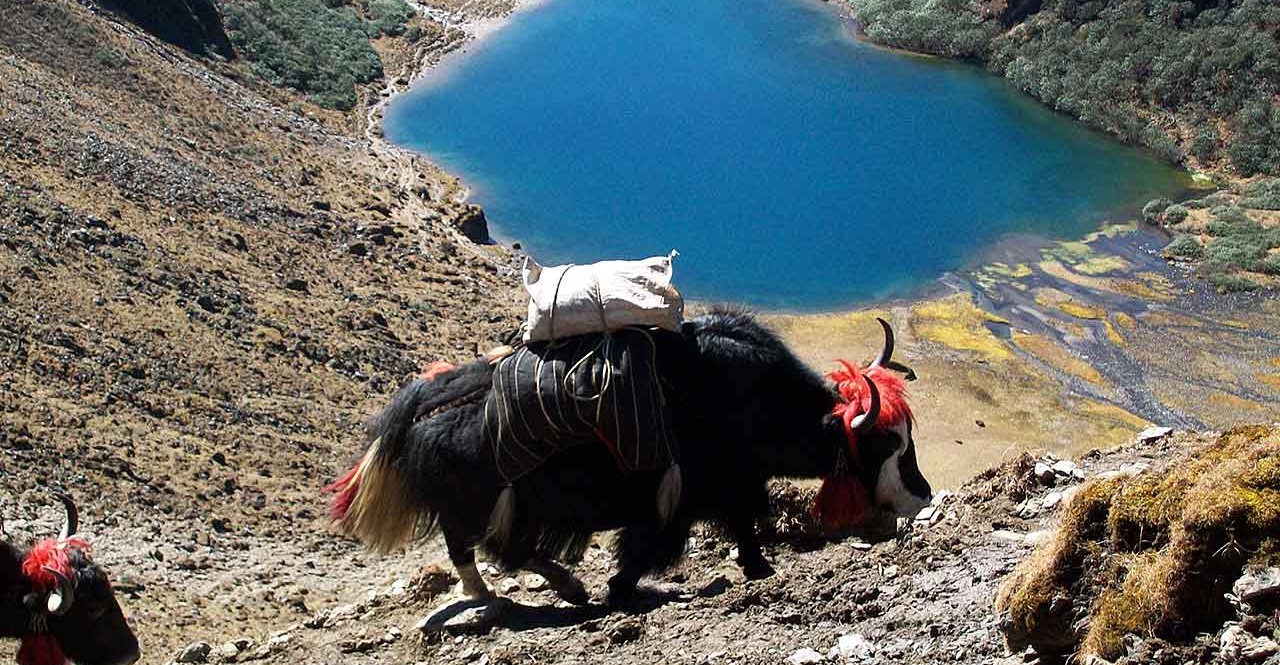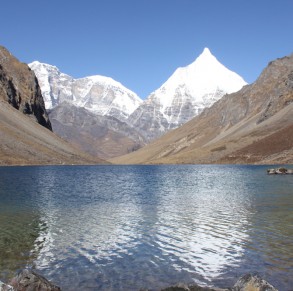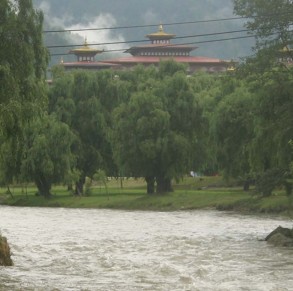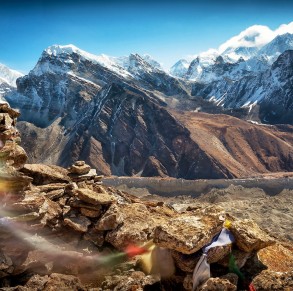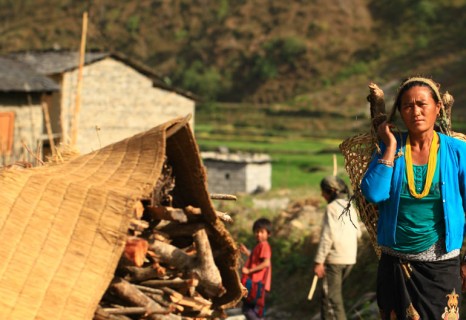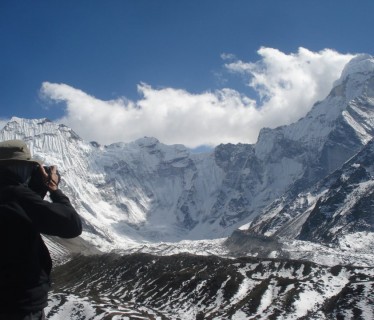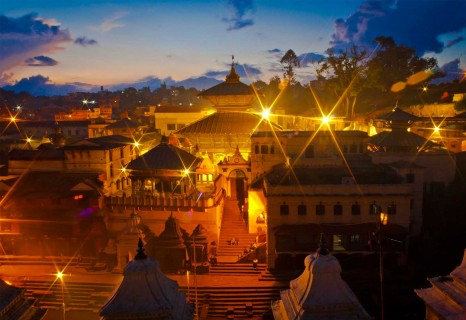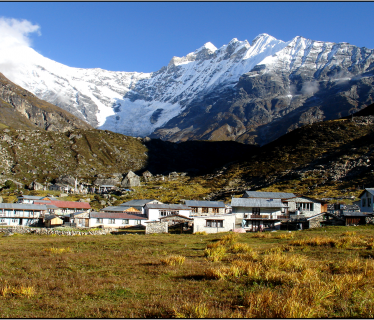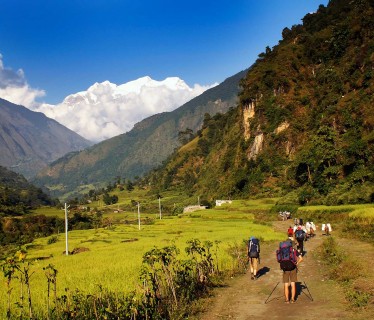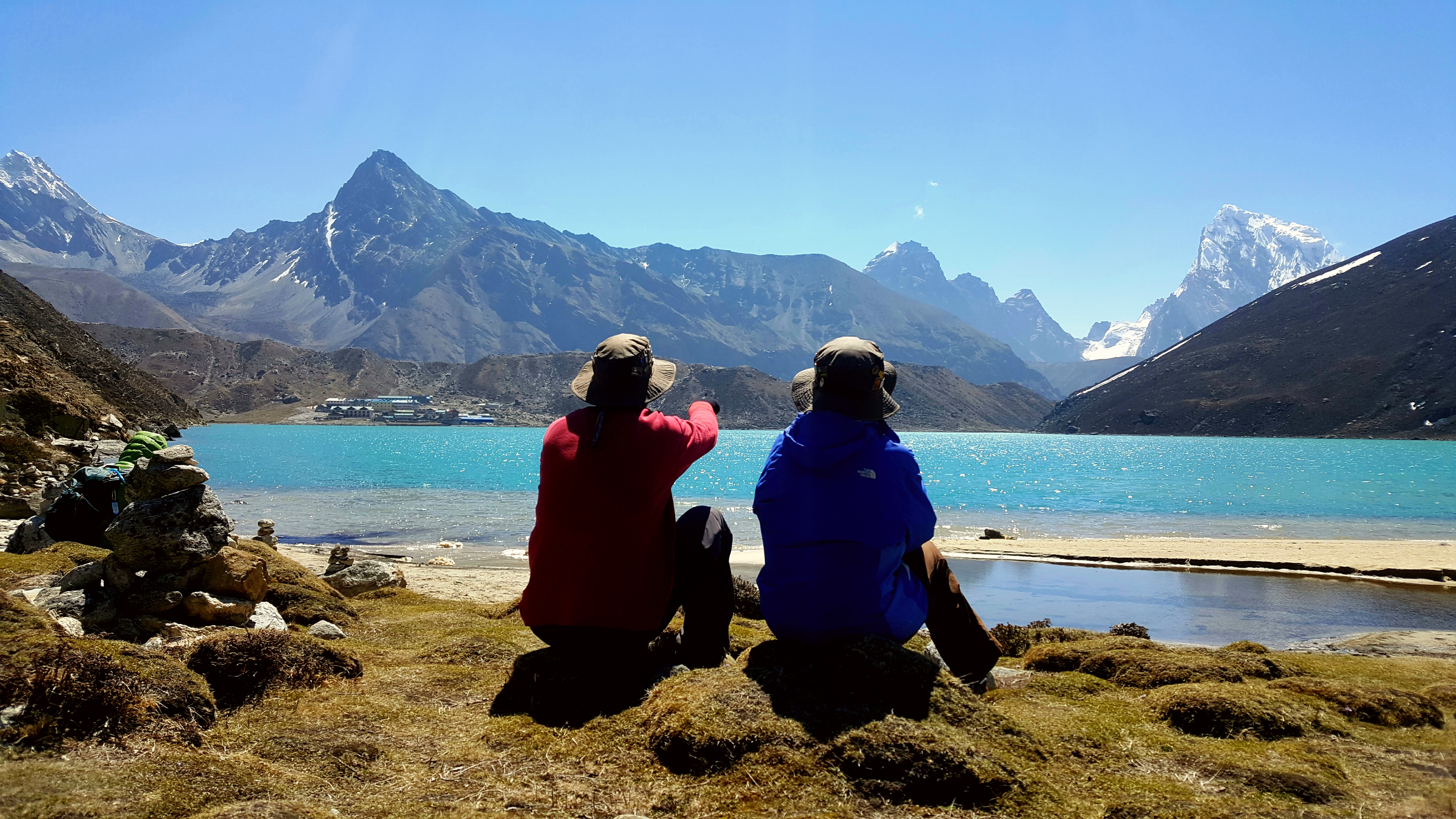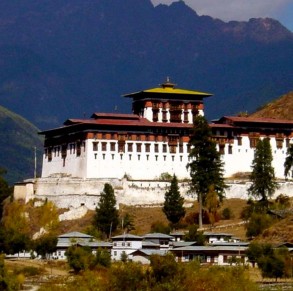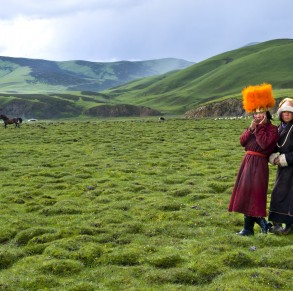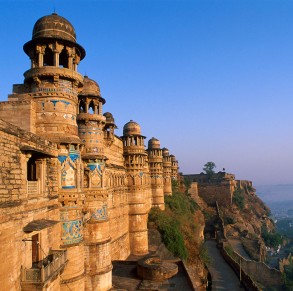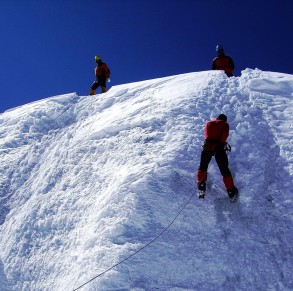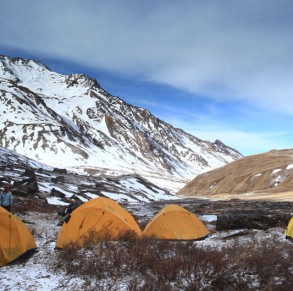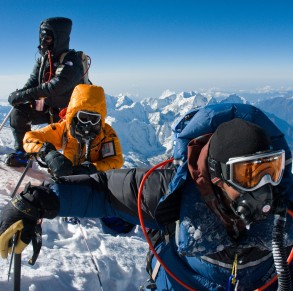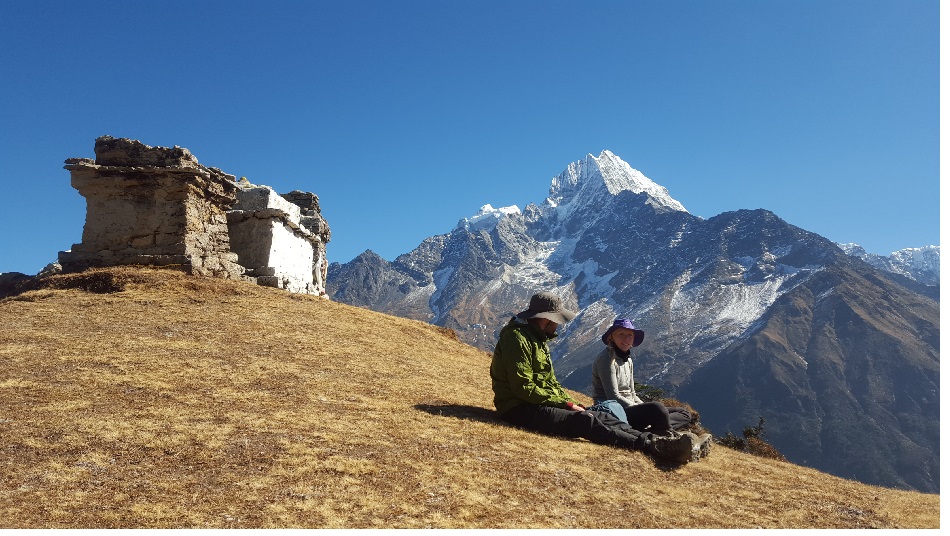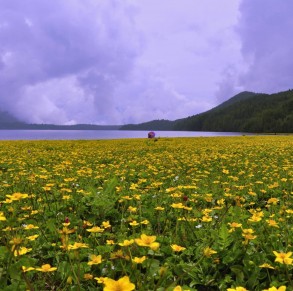Day 01: Arrive Paro by Druk air, the only national carrier.
Day 02: Day hike to Taktsang monastery.
Day 03 : Drive to Ta-Dzong & trek to Jele Dzong.
Day 04 : Jele dzong to Jangchulakha.
Day 05 : Jangchulakha to Jigmelangtsho.
Day 06: Jigmelangtsho to Phajoding.
Day 07: Trek to Thimphu.
Day 08: After breakfast Visit. – Memorial Chorten
Day 09: Transfer to airport for departure.
Day 01: Arrive Paro by Druk air, the only national carrier.
The flight offers you beautiful view of mountains and landscapes. On arrival and after visa formalities you will be received by Snow Leopard Trek representatives.
If time permits Paro Sightseeing – visit to the watch tower or locally known as Ta-Dzong. It was housed into the National museum in the 1960s by the third King Jigme Dorji Wangchuck. The seven floors museum highlights various aspects of Bhutanese culture and history dating back to the 7th century. A short walk downhill to the Rinpung Dzong which serves as the administrative center and school for monks. Walk further down crossing the traditional bridge into Paro Town. Evening take part for indoor archery game in traditional costume. Overnight hotel
Day 02: Day hike to Taktsang monastery.
The hike is about 4/5 hours through pine forests. The monastery clings to a huge granite cliff 800 meters from the Paro valley. It is believed that the great saint Padmasambhava came in the 7th century on a flying tigress and meditated in a cave for 3 months. The demons were subdued who were trying to stop the spread of Buddhism and converted the Paro valley into Buddhism. During the end of the 17 century a monastery was built on the spot where the saint meditated and it is a pilgrimage site for every Bhutanese to visit once in their life time. (Horses can be arranged with an extra payment)
Day 03 : Drive to Ta-Dzong & trek to Jele Dzong.
Today is rather a short trekking day so you can relax and enjoy the scenic beauty of the Paro vally. The hike is gradually uphill through pine forest. Camp will be next to a Dzong which was renovated recently. There is very interesting stories about the Dzong. Camp at 3100 meters. Walking time 4/5 hours.
Day 04 : Jele dzong to Jangchulakha.
Today the trek begins uphill through huge rhododendron trees. You may encounter yak herders during the winter season. Camp at 3650 meters. Walking time 3/4 hours.
Day 05 : Jangchulakha to Jigmelangtsho.
The trail follows the ridge and on clear weather you will have perfect view of the mountains. The path descends for sometime and camp will be near the lake at 3600 meters. The lake is filled with giant salmon trouts. Walking time 5/6 hours.
Day 06: Jigmelangtsho to Phajoding.
The trail takes you through dwarf rhododendron shrubs passing two lakes. After passing the second lake ascend gradually. From the top you can enjoy the majestic view of Mt.Gangkar Punsum, 7520 meters, highest mountain in Bhutan. then gradually straight for one and half hour till the steep descend to Phajoding camp at 3500 meters. At night you can see Thimphu city glittering in a bowl shaped valley. Walking time 6/7 hours.
Day 07: Trek to Thimphu.
Today is the easiest day of trekking. Three hours all the way down hill through pine forest. Upon reaching Motithang, ITT coach will drive you to the hotel. Rest of the day at leisure. Overnight Hotel
Day 08: After breakfast Visit. – Memorial Chorten
The Chorten was built in 1974 to honor the 3rd King of Bhutan, Jigme Dorji Wangchuck (1928–1972), is a prominent landmark in the city with its Golden Spires and Bells. In 2008, it underwent extensive renovation. It is popularly known as “the most visible religious landmark in Bhutan”,,Institute for Zorig Chusum (Traditional Art & Craft School) (Closed on Saturday, Sunday & National Holidays & During Summer & Winter Vacations) – The art taught today in Bhutan was introduced by the Great Treasurer Discoverer Terton Pema Lingpa in the Fifteen century. These traditional Crafts represents hundreds of years of Knowledge and ability that has passed down the generation. Bhutan unique artistic traditions have played a vital role in mounding its distinct cultural heritage. This tradition is best reflected in the “Zorig Chusum” or Thirteen Crafts. Textiles Museum (Handicrafts Shops)(Closed on Saturday, Sunday & National Holidays) – A wide assortment of colourful, hand woven textiles and other craft products is available for purchase at the government-run Handicrafts Emporium and many smaller crafts shops around the town.
Evening drive 1.5 hours to Paro. Overnight hotel
Day 09: Transfer to airport for departure.


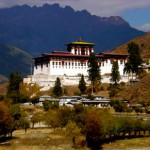
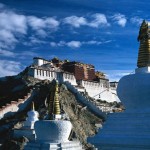
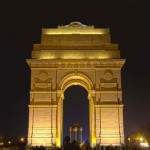

 Español
Español